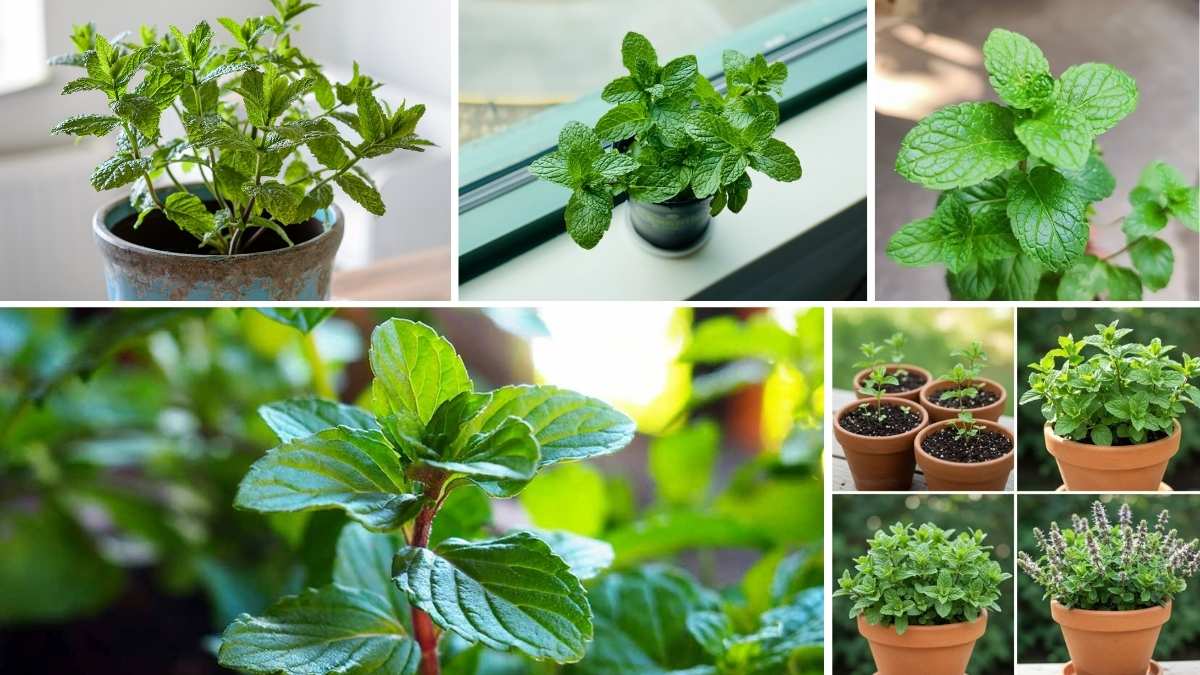Join on WhatsApp
Get the latest updates directly on WhatsApp – motivation, news & more!
Having lush, vibrant plants at home or in the office can create a sense of tranquility, improve air quality, and boost your mood. Whether you’re a seasoned plant parent or just getting started, keeping your greenery healthy and thriving can sometimes feel like a challenge. But with the right knowledge and care, your plants can flourish, brightening your space for years to come. Here are some fresh tips to keep your plants in mint condition.
Understand Your Plant’s Needs
One of the most important steps in plant care is understanding the specific needs of each plant. Different plants have different light, water, and humidity requirements. For instance, succulents prefer bright, indirect sunlight and infrequent watering, while tropical plants thrive in humid environments and need consistent moisture.
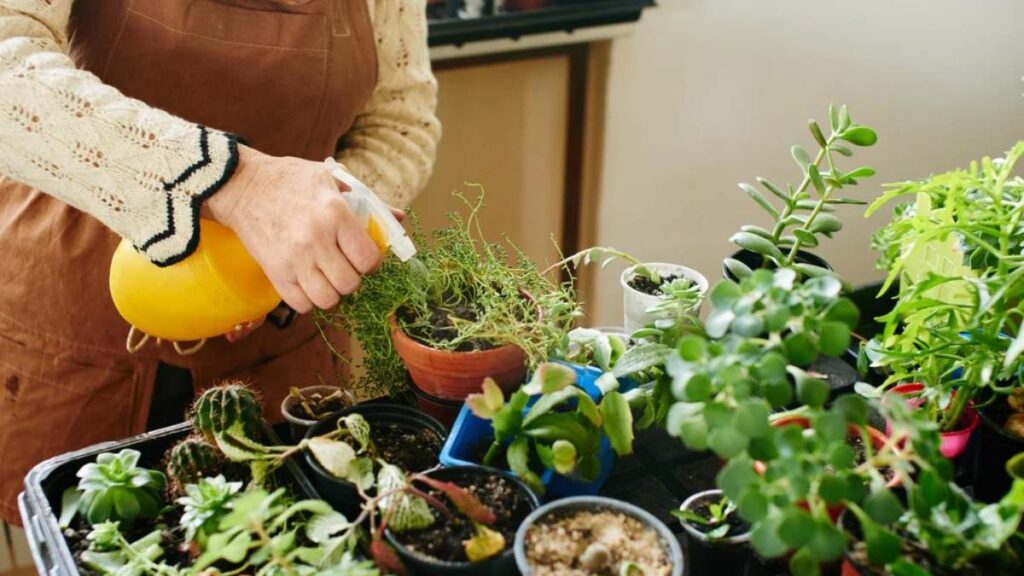
Before bringing a plant into your home, take the time to research its specific care guidelines. Knowing what your plant needs will make it much easier to provide the right environment for it to grow.
Watering Wisely
Overwatering and underwatering are two of the most common mistakes that plant owners make. Plants need water, but the frequency and amount vary depending on the species, the size of the pot, and the environment. For example, a plant in a smaller pot will typically need more frequent watering than one in a larger container, as smaller pots dry out more quickly.
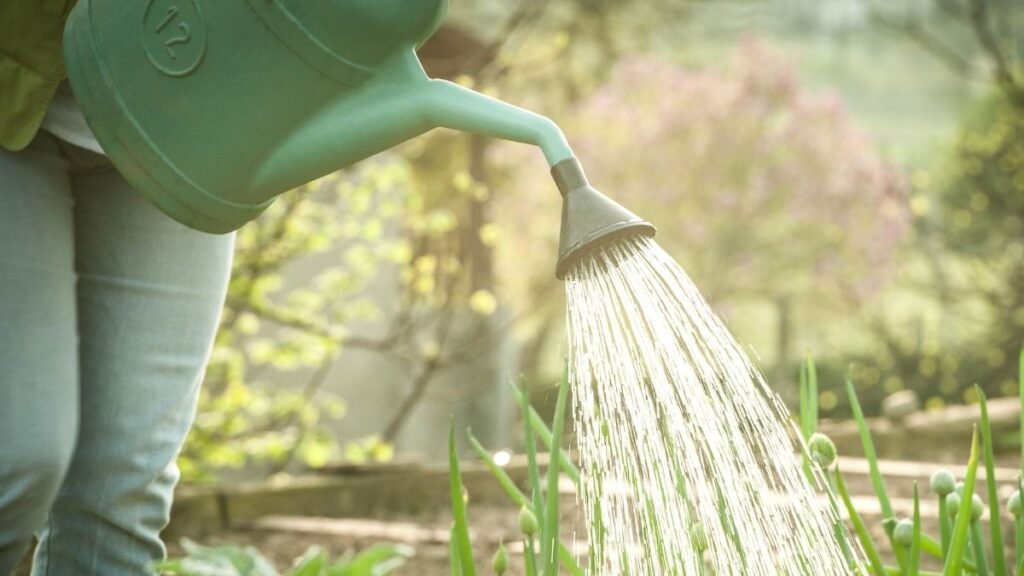
As a general rule, it’s better to allow the soil to dry out a bit between waterings rather than keeping it constantly damp. Always check the soil’s moisture level by sticking your finger about an inch into the soil. If it feels dry at that depth, it’s time to water. However, make sure your pots have proper drainage holes to prevent water from accumulating at the bottom, which can lead to root rot.
Light is Crucial
Plants, like all living organisms, require energy to grow, and for most plants, that energy comes from light. Sunlight is essential for photosynthesis, the process by which plants convert light into the nutrients they need to survive.
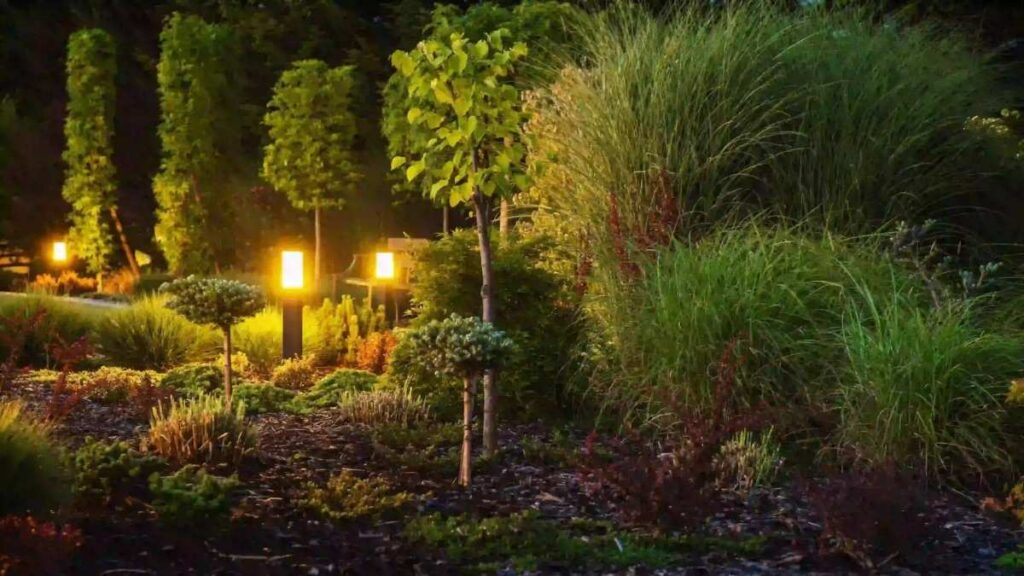
It’s essential to place your plants in spots where they will get the right amount of light. Some plants, such as succulents, need plenty of direct sunlight, while others, like ferns and peace lilies, thrive in low to moderate light. If you’re unsure about the light your plant is receiving, observe it over time. If it’s stretching toward the light, it’s likely not getting enough. On the other hand, if the leaves are scorched or turning brown at the edges, it’s probably getting too much.
If natural light is scarce in your home, consider investing in grow lights. These are specially designed to provide the spectrum of light that plants need, even in low-light conditions.
Regularly Prune and Trim
Pruning is an important step in maintaining the health of your plants. It involves removing dead, damaged, or excess foliage to promote new growth. Regular pruning also helps plants maintain a manageable size and shape, especially for fast-growing varieties.
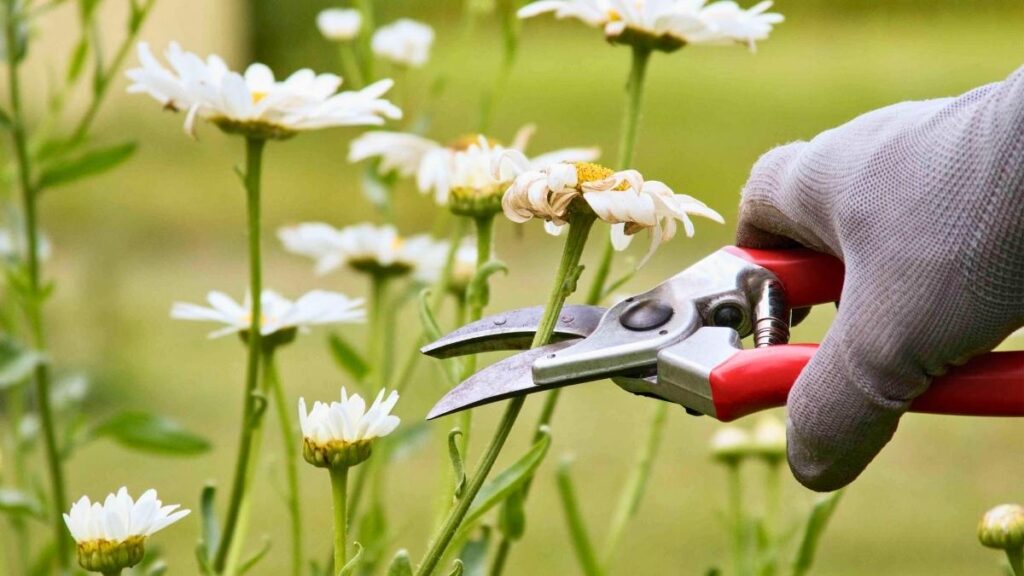
When you prune, use clean, sharp scissors or pruning shears to avoid damaging the plant. Remove any yellowing or dead leaves, as well as any stems that are weak or leggy. For flowering plants, deadheading (removing spent flowers) can encourage more blooms.
Some plants, like tomatoes or herbs, benefit from a process called pinching, which involves removing the tips of growing shoots to encourage bushier growth. Make sure to research your plant’s specific pruning needs to avoid cutting back too much or too little.
Fertilize for Growth
Just like humans, plants need proper nutrition to stay healthy and thrive. While most plants can do well for a while in nutrient-rich soil, over time, the soil can become depleted of essential nutrients. Fertilizing your plants helps replenish the minerals they need for strong roots, vibrant leaves, and beautiful flowers.
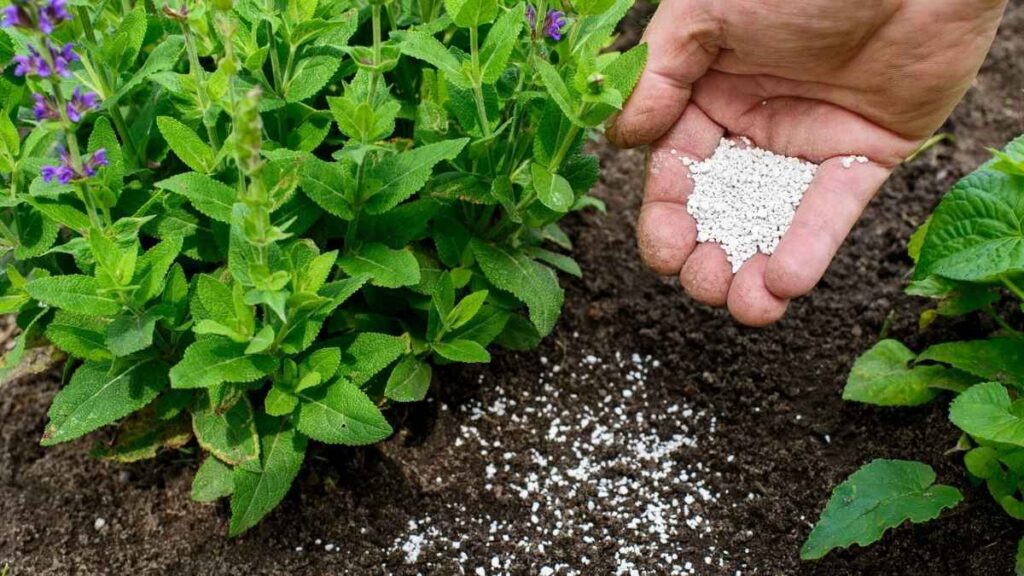
There are different types of fertilizers available, including liquid, granular, and slow-release formulas. The key is to choose a fertilizer that suits your plant’s needs and to follow the recommended application instructions. Over-fertilizing can lead to nutrient imbalances or even burn the roots, so less is often more. Fertilize during the growing season (typically spring and summer) and reduce or stop during the dormant period (usually fall and winter).
Maintain Humidity
Many plants, especially tropical varieties, need higher humidity levels to thrive. Indoor air, particularly in winter, can become dry due to heating systems, which can negatively affect your plants.
If your plants are looking a little sad or the leaves are curling, it might be a sign that the air is too dry. You can increase humidity by grouping plants together, as they create a microenvironment with higher moisture levels. Alternatively, placing a humidifier in the room or misting the plants regularly with water can also help.
For more delicate plants, placing a shallow tray of water with pebbles underneath the pot can create a more humid microclimate around the plant. Just be sure that the plant’s roots don’t sit directly in the water to avoid waterlogging.
Repot When Necessary
As your plant grows, it will eventually outgrow its pot. When this happens, it’s time to repot. A plant that’s root-bound, or has outgrown its pot, may show signs like stunted growth, yellowing leaves, or roots emerging from the drainage holes.
Repotting should be done in the spring or early summer when the plant is actively growing. Choose a new pot that’s 1-2 inches larger in diameter than the current one. Be careful not to shock the plant by disturbing the roots too much during the process. Gently remove the plant from its pot, loosen any tightly wound roots, and place it in the new pot with fresh soil.
Repotting also offers a chance to check for any pests or diseases that may have been hiding in the roots. It’s a great time to refresh the soil and give your plant a new, more spacious home.
Watch for Pests and Diseases
Plants, like any living thing, are susceptible to pests and diseases. Common plant pests include aphids, spider mites, mealybugs, and scale insects. These little invaders can weaken your plant by feeding on its sap and spreading disease.
Regularly inspect the leaves and stems of your plants for any signs of pests. If you notice small, discolored spots, sticky residue, or tiny webs, it’s time to take action. Depending on the severity of the problem, you can use insecticidal soap, neem oil, or even a natural solution like a mixture of water and dish soap to gently wipe off the pests. Be sure to isolate the affected plant to prevent the pests from spreading to other plants.
If you notice yellowing or wilting leaves, it could be a sign of disease or fungal infection. Remove the affected leaves promptly, and if the disease persists, consider seeking advice from a plant expert or horticulturist.
Keep Your Plants Clean
Cleaning your plants not only improves their appearance, but it also ensures that they can photosynthesize effectively. Dust and dirt on the leaves can block sunlight and reduce the plant’s ability to take in nutrients.
Wipe down the leaves of your plants with a damp cloth or sponge every few weeks to keep them free of dust. For larger leaves, you can also use a soft brush or even a leaf blower on a low setting to gently remove dust. Be sure to clean both the top and underside of the leaves, as dust can accumulate on both surfaces.
Enjoy Your Plants!
The key to keeping your plants in mint condition is consistency. Regularly check in on your plants, and don’t be afraid to adjust their care routine as they grow and change.
In return, your plants will reward you with their beauty, fresh air, and the satisfaction of watching them thrive under your care. So take a moment to enjoy the lush greenery around you and remember that with just a little effort, you can cultivate a flourishing indoor garden. Happy gardening!

